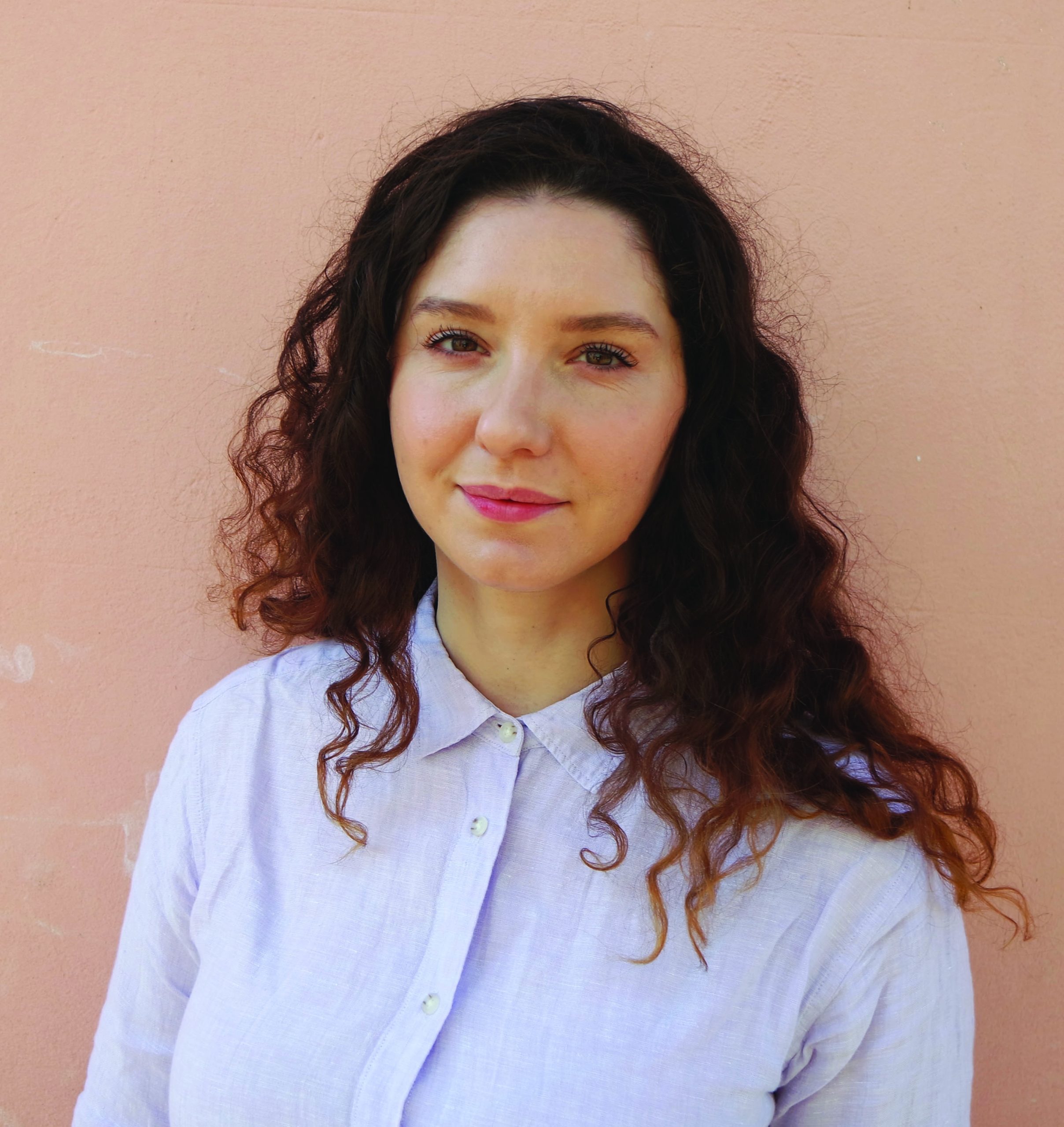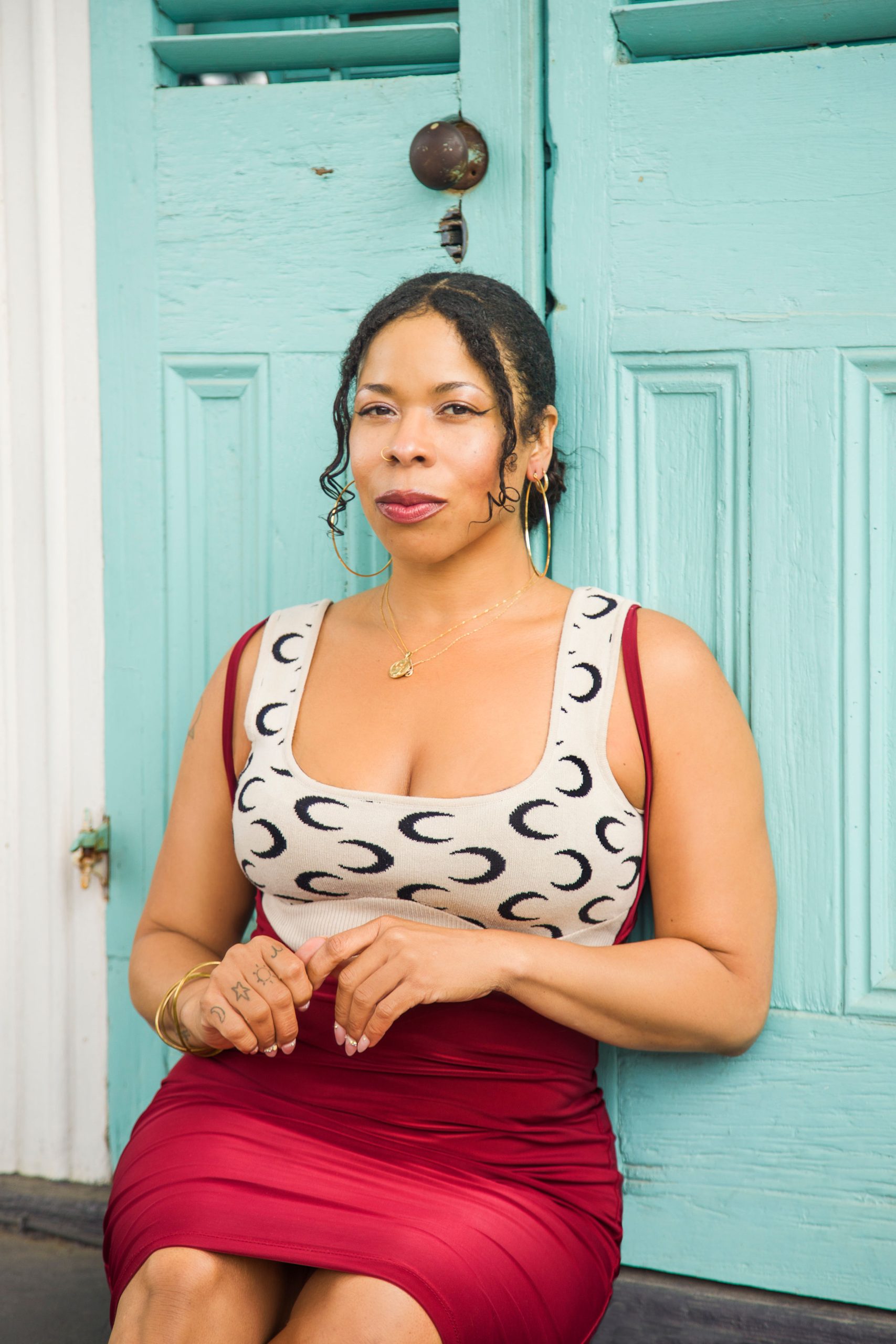Malise Ruthven of the New York Review of Books blog ruminates on the history of apocalyptic rhetoric in literature, art, and politics from the Enlightenment to now.
Ruthven focuses on the paradox of apocalyptic thinking where “prophets who predict the end of the world can also be great initiators and innovators. The fear of catastrophe, despite its perceived inevitability, acts as a spur to construction.” Similarly, another NYR blog piece from Martin Filler in July focused WWII’s influence on Modernist movements in architecture and city-planning. Both pieces pivot on the mostly unseen impact of horrific religious and historical themes on major strains of contemporary Western culture.



